What are hypoallergenic cat breeds?
You may think that being allergic to cats means that you might never be able to get a feline companion for yourself, but that doesn’t necessarily need to be the case! If you suffer from an allergy to cats, you should consider getting a hypoallergenic cat. In this guide, you will learn everything about hypoallergenic cats.

Reading time : 5 min
TOPICS
All you need to know about hypoallergenic cats
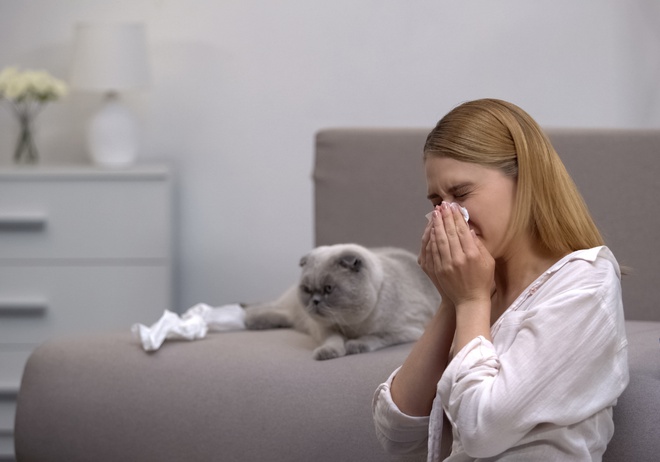
According to Asthma and Allergy Foundation of America, allergies to cats are the most common type of animal-origin allergy and they affect 10 to 20% of people worldwide. Moreover, cat allergy is twice as common as allergy to dogs, and they often occur simultaneously. The allergies, however, don’t stop some people from becoming pet owners, and hypoallergenic cats are the best solution.
What causes allergies to cats?
Against a popular belief, it’s not the cats’ fur itself that people are allergic to, but a protein called Fel d 1 that cats produce mainly in their saliva. Fel d 1 is spread on the cats’ body when they groom themselves and it is later spread from the dander and the fur when they shed.
Usually, you can recognise an allergic reaction to cats by such symptoms as coughing and wheezing, itchy eyes, as well as sneezing and runny, itchy nose after getting in contact with a cat. You might also observe redness of the skin that was scratched or licked by a cat, and hives or rash on your face and/or chest.
Do hypoallergenic cats exist?
Although a lot is being said about hypoallergenic cats, it’s crucial to remember that there are no truly non-allergenic cats. However, some breeds produce smaller amounts of the Fel d 1 protein or don’t shed a lot, which makes them more suitable for allergy sufferers.
There are also several other factors that influence a cat’s allergen production. It is said that males, especially the non-neutered ones, produce more allergens than females. Moreover, kittens produce fewer allergens than adults, and so do light-coloured cats as compared with dark ones. You might want to take these factors into account when choosing a cat for yourself.
8 best cat breeds for allergy sufferers
As mentioned before, some cat breeds produce fewer amounts of Fel d 1 and are thus recommended for people with allergies. Before you decide on getting one of these hypoallergenic cats, it’s best if you spend some time around them to make sure that you don’t get a strong allergic reaction.
Balinese

The Balinese is often referred to as the long-haired Siamese. They are smart, highly social, and fun to be around, but they are not too demanding. The Balinese are also known to communicate vocally and be sensitive to humans’ moods. This cat breed produces less of the Fel d 1 protein and doesn't require a complex or time-consuming coat maintenance.
Siberian
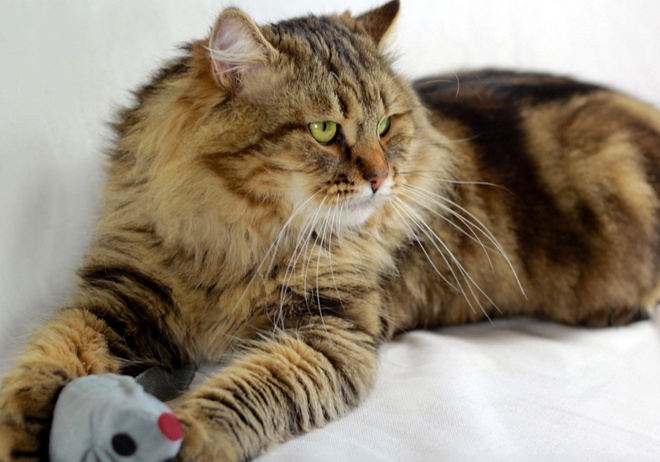
Similarly to the Balinese, the Siberian has a moderately long hair, but is considered hypoallergenic because of the low levels of the enzyme in their saliva. The Siberians are playful and affectionate, as well as very intelligent and agile. Their personality makes them a perfect company for other pets and children, and they love when they are given a lot of attention.
Devon Rex
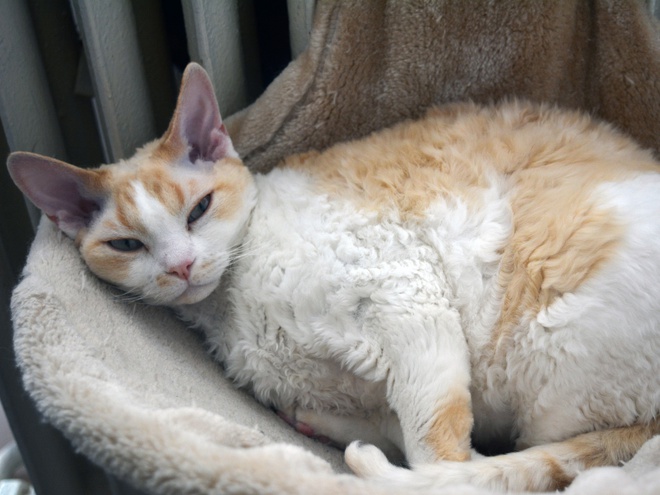
The Devon Rex has thin, fine hair and shed less than other breeds, which makes them a good candidate for allergy sufferers. They are extremely active and have a lot of energy that they’re always ready to use. The Devon Rexes might have a tendency of getting themselves into trouble, so you should keep an eye on them.
Cornish Rex
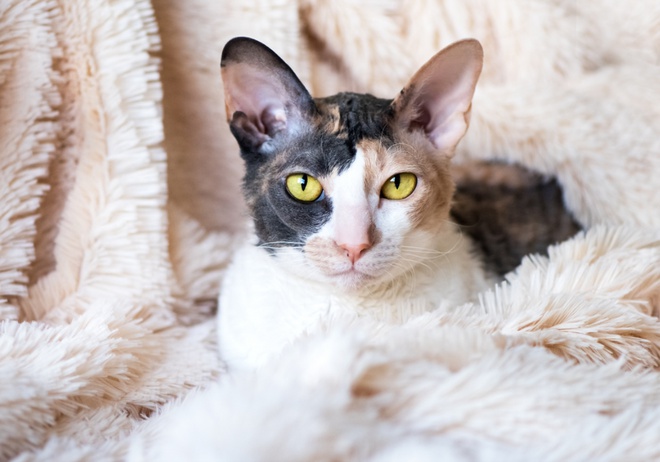
The Cornish Rex is an active and inquisitive cat that loves to play. They are curious and sociable, often following their owners around in search for attention. The Cornish Rex is one of few cat breeds that like to be picked up. Out of two Rexes, the Cornish, with a curly coat, requires slightly more upkeep and care – frequent baths are necessary to get rid of oily build-up on their skin.
Oriental Shorthair
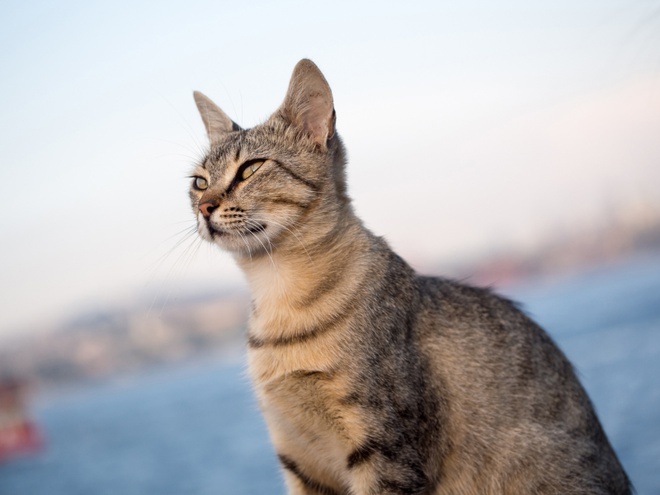
The Oriental Shorthair is a natural entertainer that loves when all the attention is on them. They are highly curious and will want to become a part of your daily routine. They also get along very well with family members and other pets, and they create close bonds very easily. The Oriental Shorthair has a silky coat that can be easily maintained by regular brushing that prevents excessive shedding.
Javanese
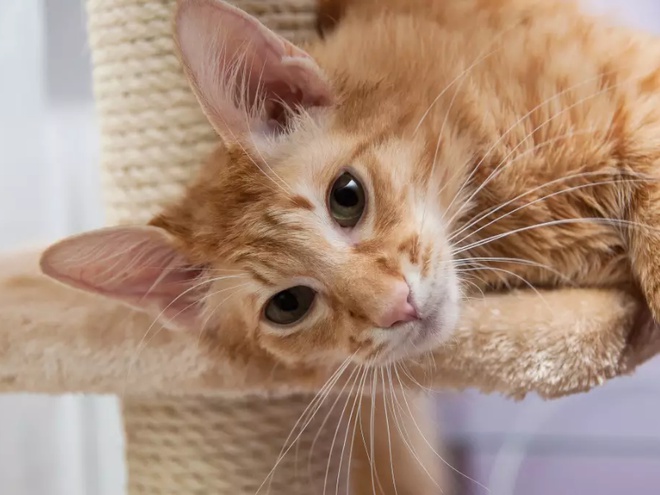
The Javanese originates from a cross between a Balinese and a Colorpoint Shorthair, and they are very vocal. They are also smart, curious, and athletic – you might see them jumping around your house and exploring different corners of your house. Apart from having short, low-maintenance coats without a layer of undercoat, they are one of the lowest shedding cat breeds.
Sphynx
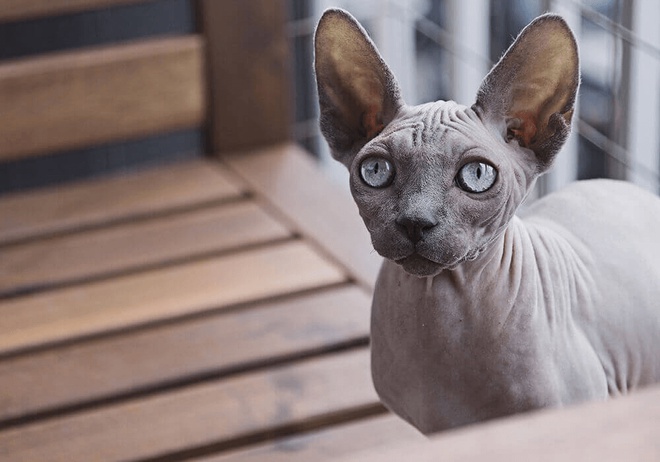
These hairless cats are usually the most popular breed that comes to mind when it comes to hypoallergenic cats, but they are not as safe for allergy sufferers as they might seem. In order to remove the build-up of oils from their skin, the Sphynx needs frequent baths, as well as regular cleaning of their large ears. This breed is very lively, friendly, and even slightly mischievous. The Sphynx loves attention, and they will want to keep you entertained and follow your steps around the house.
Russian Blue
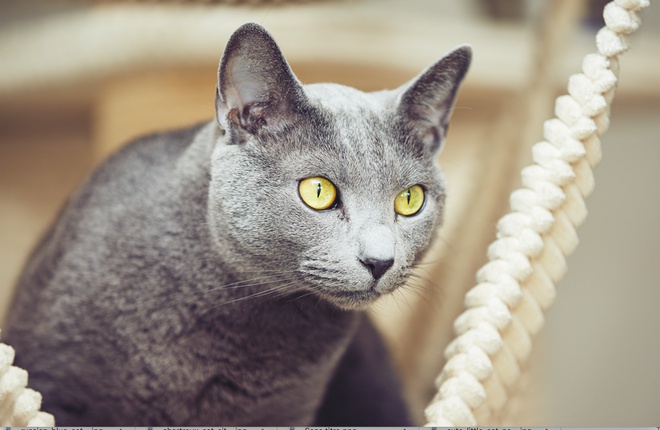
The beautiful Russian Blue is an affectionate and gentle cat that will easily become an integral part of your family. They are empathetic and adaptable, which makes them a good companion if you’re on the lookout for a rather calm feline friend. As their coat is quite dense, they may shed more than other hypoallergenic cats, which might not be ideal for people with strong allergic reactions. However, regular grooming could help you minimise shedding.
Which cat breed is right for you?
Take the test and find out the cat breed that matches your personality and lifestyle.
Tips for cat owners with allergy
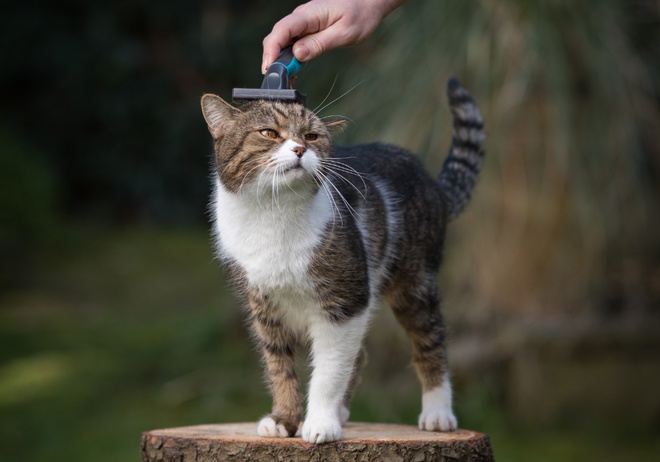
Cat breeds to avoid
The list of hypoallergenic cats includes those that produce lower levels of Fel d 1 protein and those that don’t shed a lot. Although the list of such breeds provided in this article is not exhaustive, it indicates which breeds you should avoid if you’re dealing with allergies to cats. You should not decide on any of the high-shedding breeds, as the allergens from their coats will be spread around your house when they lose hair. Such breeds include, among others, Persians, Maine Coon, Norwegian forest cat, and Himalayan.
Steps to minimise allergies
Deciding on a breed that is less likely to cause allergic reactions is one thing, but there are several other things you can do to prevent them. Here are several steps you might take into consideration:
- Brush and bathe your cat regularly to get rid of excess dander
- Frequently vacuum your home
- Leave the windows open to let the fresh air in
- Wash your cat’s toys and bedding
- Don’t let your cat into your bedroom
- Wash your hands every time after playing with or petting your cat
Conclusion
Choosing the perfect cat for yourself is not an easy task, let alone if you’re allergic to cats. However, it’s not an impossible quest – you just need to take several factors into consideration. Undoubtedly one of the breeds recommended in this article will meet your expectations and match with your lifestyle, so that you can welcome a new family member into your home.
Continue reading our guide
This article is a part of a complete guide on the subject. Do not miss the next chapters.
Which cat breed is right for you?
Take the test to find out!
Choosing a cat that matches your personality and lifestyle will ensure your well-being and his!
